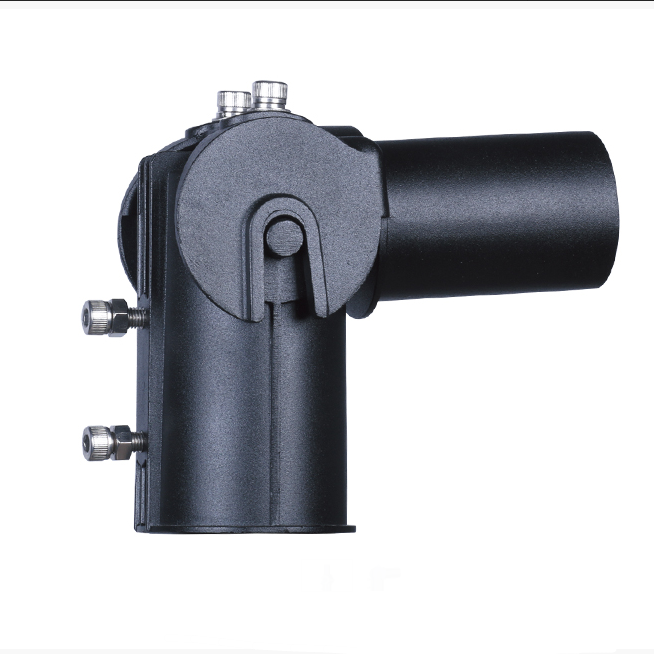기타 액세서리
LED 가로등 렌즈
고출력 LED 가로등용
가로등 렌즈는 고출력 LED 가로등에 특화되어 있어 고출력 LED와 함께 사용할 수 있습니다.
가로등 렌즈 소재
- 유리 렌즈
유리 소재는 고온 내구성과 높은 침투율의 특성을 가지고 있어 대부분의 LED 가로등 공장에서 사용하고 있습니다.
- PC 또는 PMMA 소재
이 두 재료는 동일한 광학 플라스틱 계열에 속하며 사출 성형을 통해 제품 성형을 완료할 수 있으며 비구면 광집중을 쉽게 달성하고 후광반 현상을 줄일 수 있습니다.
PC와 PMMA 생산 비용은 상당한 이점이 있습니다.
가로등 렌즈 사양
- 각도 사양
일반적으로 가로등 렌즈 스포트라이트 각도 사양은 다음과 같습니다: 60도, 80도, 100도, 120도 등 여러 종류입니다.
일반 도로 가로등 기둥 높이는 10~12M, 가로등 기둥 간격은 30~35M로, 이는 가로등 렌즈 각도 요구치인 100~120도에서 도출된 값이다.
- 광점 사양
2.1. 둥근 반점일반적으로 안뜰이 있는 공공 도로에 사용되며 조사 범위와 조명 요구 사항이 그다지 높지 않습니다.
2.2. 타원형 반점, 일반적으로 자동차나 비자동차 도로에 사용되며, 원형 점 조사를 효과적으로 제거하고, 장소의 양쪽에 원형으로 어두운 영역이 생기고, 도로 전체에 빛이 잘 분포되지 않거나 원형 점의 일부만 도로 표면을 벗어나므로 실제로 사용되지 않습니다.
2.3. 직사각형 조명 스포트t, 고속도로에 적용하면 LED 조명을 효과적으로 사용하여 스포트라이트를 비춘 후 빛이 도로 표면에 고르게 분포되어 조명 스팟이 균일해집니다.
PCB 회로 기판 전자 부품
PCB(인쇄 회로 기판)는 인쇄 회로 기판, 회로 기판, PCB 회로 기판 등으로도 불리며, 전자 부품의 중요한 부품이자 전자 부품의 지원 기관이며, 전자 부품의 전기적 연결을 제공하는 기관이기도 합니다.
전자 인쇄 기술을 사용하여 만들어졌기 때문에 "인쇄" 회로 기판이라고 합니다.
회로층의 수에 따라 분류:
단면 보드, 양면 보드 및 다층 보드가 포함되어 있습니다.
일반적인 다층 기판은 대개 4층 기판 또는 6층 기판이고, 복잡한 다층 기판은 최대 12층까지 될 수 있습니다.
다층 기판(Multi-Layer Boards)은 배선할 수 있는 면적을 크게 늘려줍니다.
다층 기판은 여러 장의 양면 기판을 사용하며, 기판의 각 층에 절연층을 넣어 기판과 기판 사이에 접착합니다. 기판의 층의 수는 독립적인 배선층의 수에 따라 결정됩니다.
일반적으로 4~8층이 사용되지만, 기술적으로 최대 100층까지 PCB를 만드는 것도 가능합니다.
선
- 최소 선폭: 4mil(0.1mm), 6mil 미만이면 선폭을 생산할 수 없습니다. 설계 조건이 허락한다면 선폭이 클수록 공장 생산이 좋아지고 수율이 높아집니다. 일반 설계 루틴에서는 10mil 정도면 수율이 높아집니다. 설계를 고려해야 합니다!
- 최소 줄 간격: 4밀(0.1mm)
- 선-윤곽선 간격 0.508mm(20mil)
관통 구멍
- 최소 구멍 크기: 0.3mm(12mil)
- 최소 비아(VIA) 조리개는 0.3mm(12mil) 이상이어야 하며, 한쪽 면의 패드는 6mil(0.153mm) 이상이어야 하며, 바람직하게는 8mil(0.2mm) 이상이어야 합니다.
- 비아(VIA)와 홀 간격(홀 가장자리에서 홀 가장자리까지)은 6밀보다 작을 수 없으며, 바람직하게는 8밀보다 커야 합니다.
- 패드-프로파일 간격 0.508mm(20mil)



